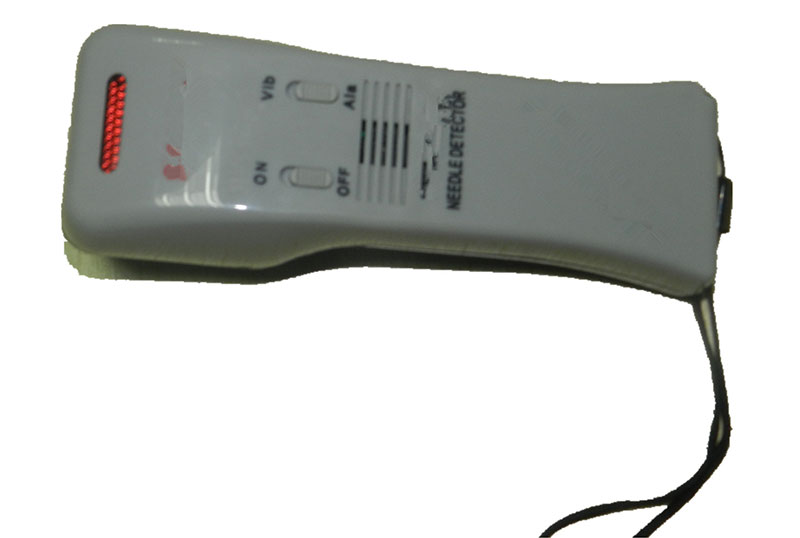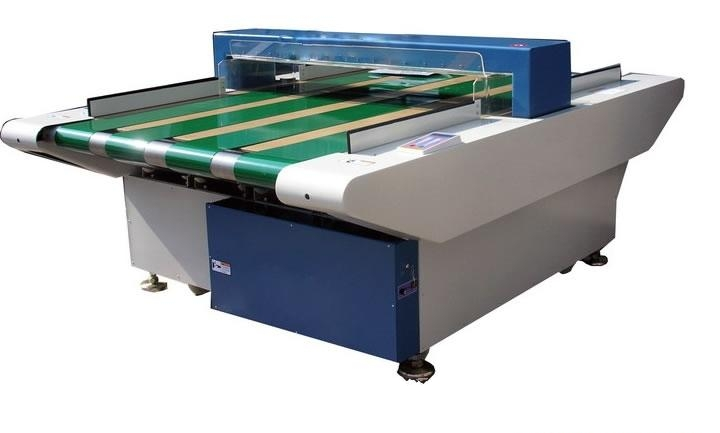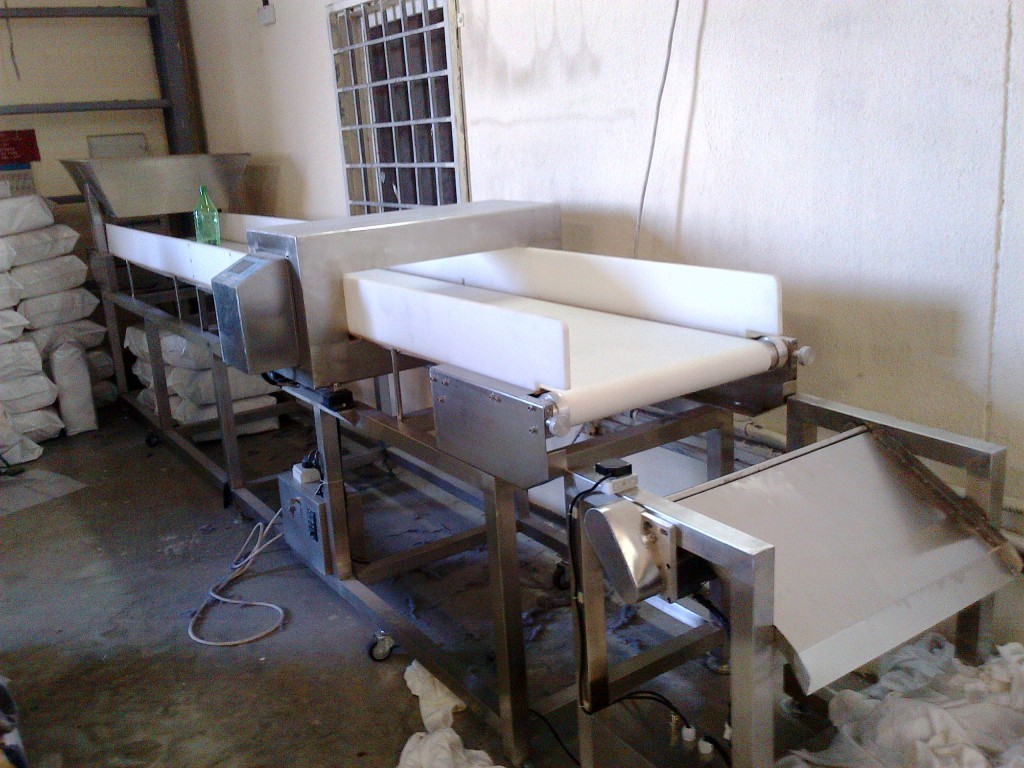Metal Detector Machine for Garments
The Importance of Metal Detection in Garment Production
In the garment industry, safety is a top priority. It is crucial to ensure that garments are free from any foreign objects, including metal contaminants, before they are sold to consumers. This is where metal detection systems come into play. Metal detectors are essential in ensuring that garments are free from any metal contaminants that may harm the wearer or damage the garment.
Metal detection systems are designed to detect metal contaminants, including needles, pins, and other small metal objects that may have been accidentally left behind during the production process. These metal detectors use advanced technology to scan garments and ensure that they are free from any foreign objects.
How Metal Detection Systems Work
Metal detection systems use a coil that creates an electromagnetic field. When a metal object passes through the electromagnetic field, it disrupts the field, and the metal detector sends out an alarm to alert the operator of the presence of metal. The metal detector can detect metal contaminants even when they are buried deep inside the garment.
Metal detection systems can be integrated into garment production lines, and garments can be scanned as they move along the conveyor belt. The metal detector can also be used as a handheld device, making it easier to detect metal contaminants in specific areas of the garment.
The Benefits of Using Metal Detection Systems in Garment Production
Using metal detection systems in garment production has numerous benefits. Firstly, it ensures that garments are free from any metal contaminants that may harm the wearer or damage the garment. This improves the safety of the garment and enhances the overall quality of the product.
Secondly, using metal detection systems can help manufacturers comply with safety standards and regulations. Many countries have strict safety standards that must be adhered to, and using metal detection systems is a crucial step in meeting these standards. Compliance with safety standards also helps to protect the reputation of the manufacturer and ensures that the products they produce are safe for consumers.
Thirdly, using metal detection systems can save manufacturers time and money. If a metal contaminant is found in a garment after it has been sold, the manufacturer may have to recall the product, which can be a costly and time-consuming process. Using metal detection systems can prevent these situations from occurring, saving manufacturers time and money in the long run.
Types of Metal Detection Systems
There are several types of metal detection systems available for garment production, including:
Conveyor belt metal detectors: These metal detectors are integrated into the production line and scan garments as they move along the conveyor belt.
Handheld metal detectors: These metal detectors are used to scan specific areas of the garment for metal contaminants.
Gravity feed metal detectors: These metal detectors are used for loose materials such as fabrics and yarns.
Pipeline metal detectors: These metal detectors are used for liquids and pastes such as dyes and chemicals.
Conclusion
In conclusion, metal detection systems are essential in ensuring that garments are safe for consumers and comply with safety standards and regulations. These systems can save manufacturers time and money by preventing costly recalls and protecting their reputation. There are several types of metal detection systems available for garment production, each with its own advantages and disadvantages. By choosing the right metal detection system for their specific needs, garment manufacturers can ensure the safety and quality of their products.




